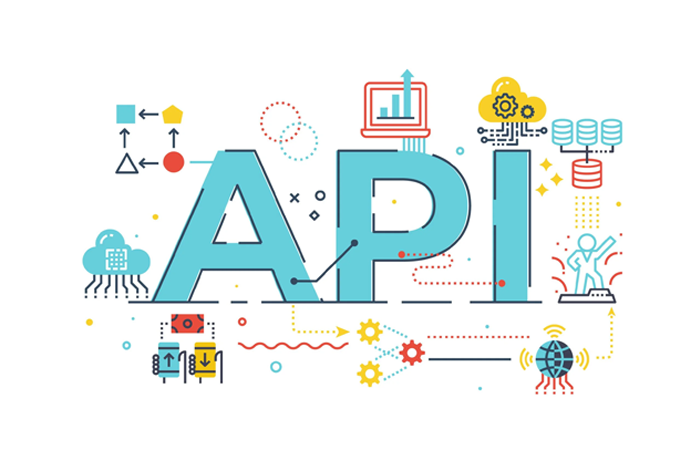
mmuthigani
Published on 05/30/2024

🔹 Smoke Testing:
📍Purpose: This is a preliminary test to ensure that the basic functionalities of the API are working without any major issues.
📍Process: It involves executing a set of basic tests on the API to validate its core functionalities.
📍Example: Sending a simple request to the API and checking if it returns the expected response code.
🔹 Functional Testing:
📍Purpose: To verify that the API functions according to the specified functional requirements.
📍Process: Test cases are designed based on the functional requirements, and the actual outcomes are compared against expected results.
📍Example: Testing different endpoints with various inputs to ensure correct behavior.
🔹 Integration Testing:
📍Purpose: To test the interaction between different components or APIs within the system.
📍Process: Multiple API calls are combined to perform end-to-end testing, ensuring proper communication and data transmission between services.
📍Example: Testing a payment API along with an inventory management API to ensure seamless order processing.
🔹 Regression Testing:
📍Purpose: To ensure that changes or updates to the API do not negatively impact existing functionalities.
📍Process: Previously executed test cases are re-run to confirm that existing functionalities are still working as expected.
📍Example: Repeating tests for core functionalities after implementing a new feature to ensure no regression occurs.
🔹 Load Testing:
📍Purpose: To assess the performance of the API under different loads by simulating concurrent user interactions.
📍Process: APIs are subjected to varying levels of traffic to determine their capacity and response times under stress.
📍Example: Sending a large number of simultaneous requests to the API to assess its performance under peak load conditions.
🔹 Stress Testing:
📍Purpose: To evaluate the API's stability and robustness under extreme conditions, beyond its normal operational capacity.
📍Process: APIs are subjected to high loads or resource exhaustion to determine their breaking points and how they recover.
📍Example: Generating a massive influx of requests to the API to assess its ability to handle unexpected spikes in traffic.
🔹 Security Testing:
📍Purpose: To identify and mitigate vulnerabilities in the API that could be exploited by malicious actors.
📍Process: APIs are tested against various security threats and attacks to ensure data integrity, confidentiality, and availability.
📍Example: Checking for proper authentication mechanisms, encryption of sensitive data, and protection against common security threats like SQL injection or Cross-Site Scripting (XSS).
🔹 UI Testing:
📍Purpose: To verify that the data retrieved from the API is correctly displayed and interacted with in the user interface.
📍Process: Testing the integration between the UI and API to ensure seamless interaction and accurate data presentation.
📍Example: Validating that user input through the UI correctly triggers API calls and that the displayed data matches the API response.
🔹 Fuzz Testing:
📍Purpose: To identify potential vulnerabilities or weaknesses in the API by sending unexpected or invalid inputs.
📍Process: Injecting malformed or random data into the API endpoints to provoke unexpected behaviors or crashes.
📍Example: Sending random strings, special characters, or excessively large payloads to API endpoints to test how they handle unexpected inputs.

mmuthigani
Published on 05/30/2024

mmuthigani
Published on 02/10/2024

mmuthigani
Published on 01/12/2024